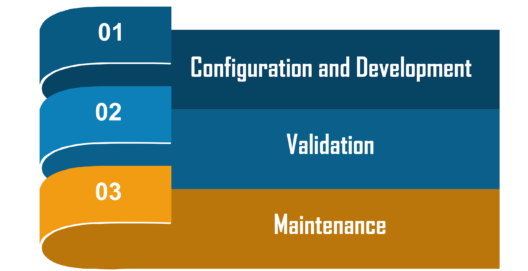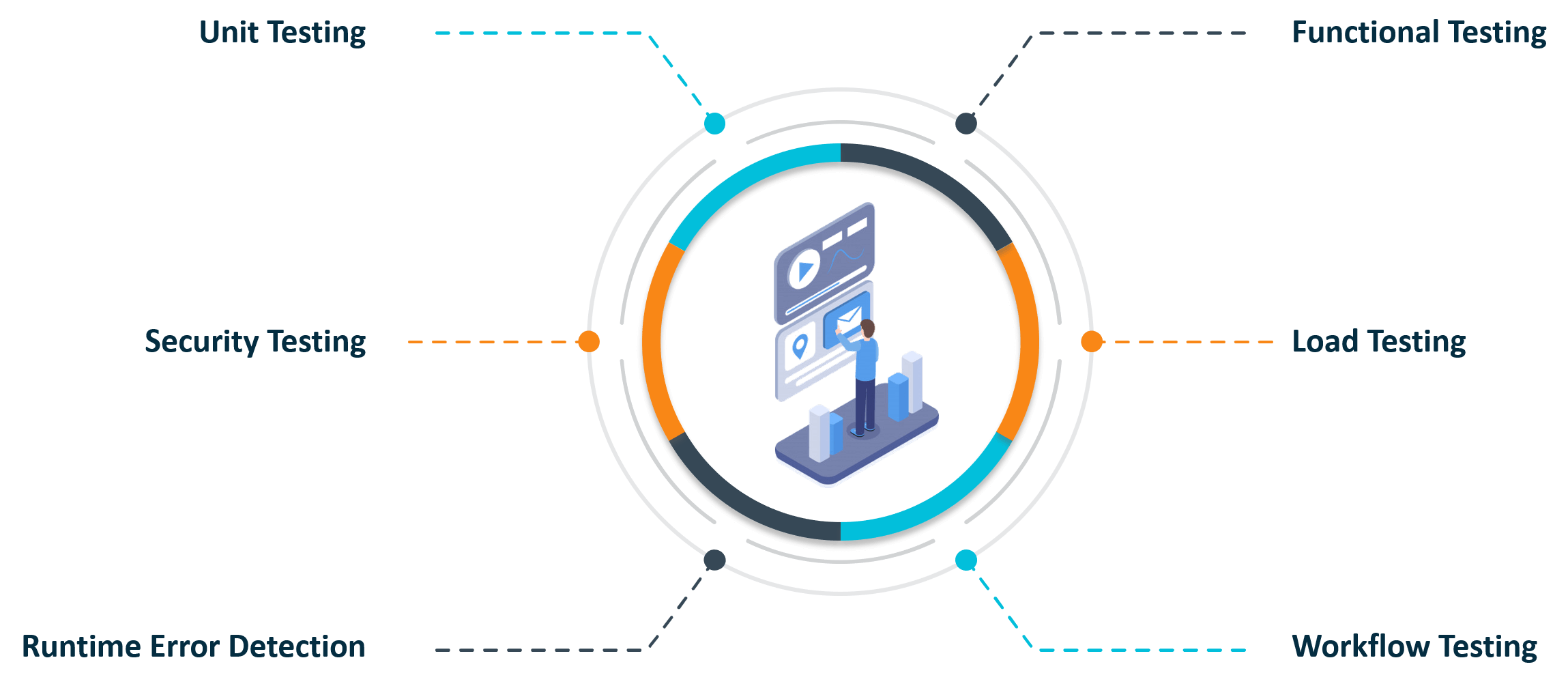Selenium Course
- 65k Enrolled Learners
- Weekend/Weekday
- Live Class
When you develop any software or a website, it embraces different components in it, such as database, server, etc. The connection that helps you to establish communication among these components is termed as an Interface. Interface Testing is a type of software testing, which verifies the communication between two software systems. This blog will help you understand what is Interface testing in the following sequence:
Let’s begin!
Interface Testing is a kind of software testing which verifies the communication between two different software systems. It checks the authentication of the connection established.
Interface Testing includes testing of two main segments
Web server and application server interface
Application server and Database server interface
Now, after understanding the meaning let us learn about different phases that Interface Testing possesses!
There are three phases of Interface testing in an Interface lifecycle. Let me elaborate on the phases:

After the configuration of the interface and the development initialization, the configuration is needed to be verified as per the requirement. In simple words, verification takes place.
After the configuration and development stage, validation of the interface is necessary.
After the completion of the project, when the project reaches it’s working stage, the interface is set to be monitored for its performance.
One thing that has to be kept in mind is that the code should be defect-free, to interrogate this, tests have to be conducted to verify that any added code doesn’t bring defects with it.
After the accomplishment of the work, validation of data and workflow takes place. So, it’s important to maintain the authenticity of the program.
Now that you know what is Interface testing and the different phase, let’s move onto our next topic.
There are certain steps that are involved in the process of Interface Testing. I will explain them one by one.

Unit Testing: It tests the functionality of an individual part of the program. It makes sure every part of the programs runs well and is properly aligned with the software.
Functional Testing: It tests the functionality while test case creation, validation etc
Security Testing: It tests the security mechanism. It includes penetration testing along with validating access control, encryption etc.
Load Testing: By using functional test cases, it validates the performance under load.
Runtime error detection: It tackles the problems of runtime race, resource leak etc.
Workflow Testing: It is done to make sure that the interface engine handles the workflow well.
Moving further, let us understand the reason as to why we need Interface Testing?
Enumerating the list below in order to understand the need for Interface Testing:
After grasping these points let us understand what should be kept in mind while performing interface testing!
Following are the points that you need to remember in order to perform a successful interface testing. You should:
Define your requirements properly
Start building small codes and then testing them, instead of directly jumping on making large pieces of codes
Find some automation tools
Mark the start and the stop points, that will eventually help you in checking the performance of the test
Now with this, we come to an end to this “What is Interface Testing” blog. I hope you guys enjoyed this article and understood what is interface testing and how it works.
Now that you have understood testing, check out the Software Testing Fundamentals Course by Edureka. This course is designed to introduce you to the complete software testing life-cycle. You will be learning different levels of testing, test environment setup, test case design technique, test data creation, test execution, bug reporting, CI/CD pipeline in DevOps, and other essential concepts of software testing.
Got a question for us? Please mention it in the comments section of “What is Interface Testing” and we will get back to you.
 Thank you for registering Join Edureka Meetup community for 100+ Free Webinars each month JOIN MEETUP GROUP
Thank you for registering Join Edureka Meetup community for 100+ Free Webinars each month JOIN MEETUP GROUPedureka.co